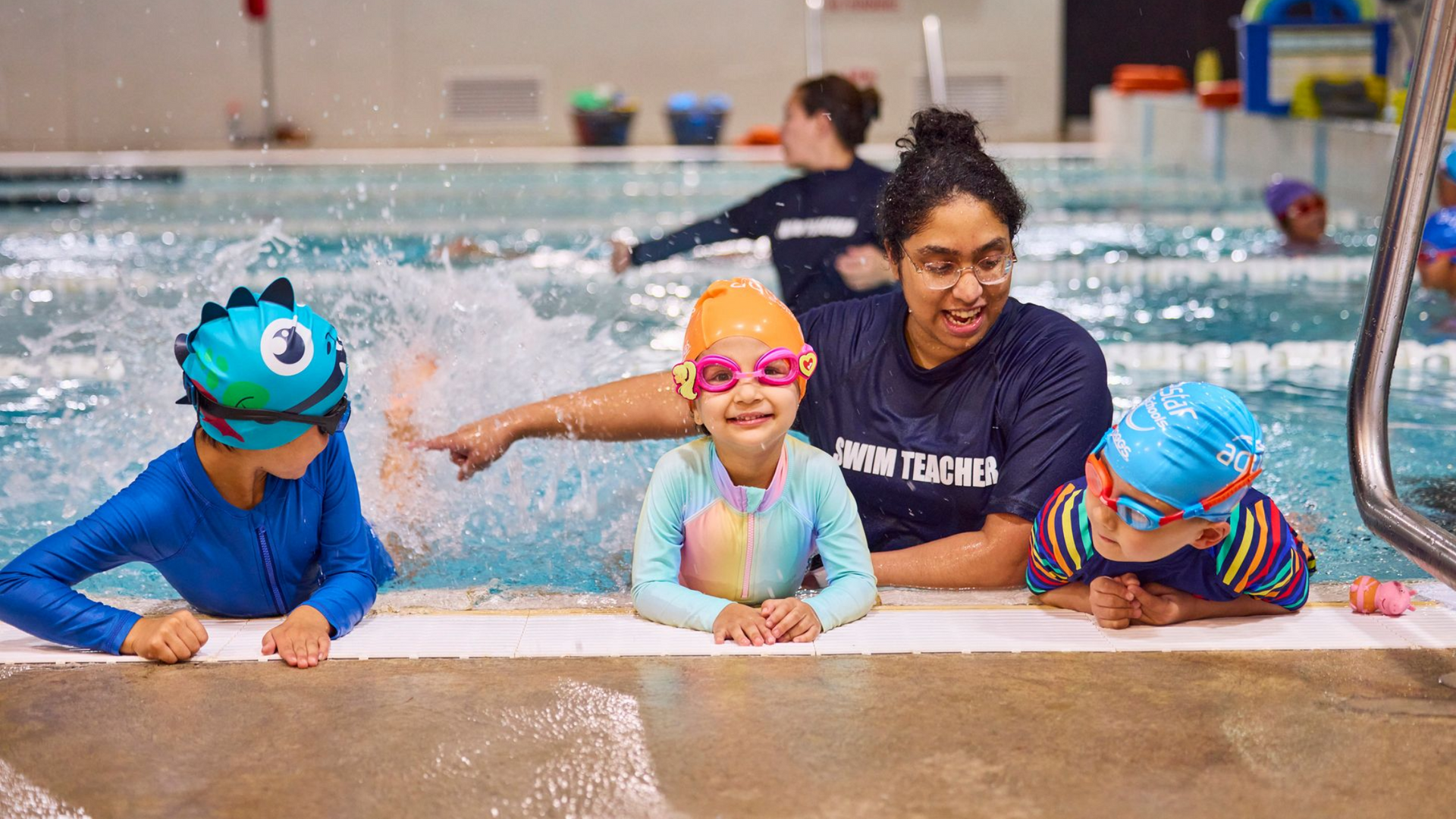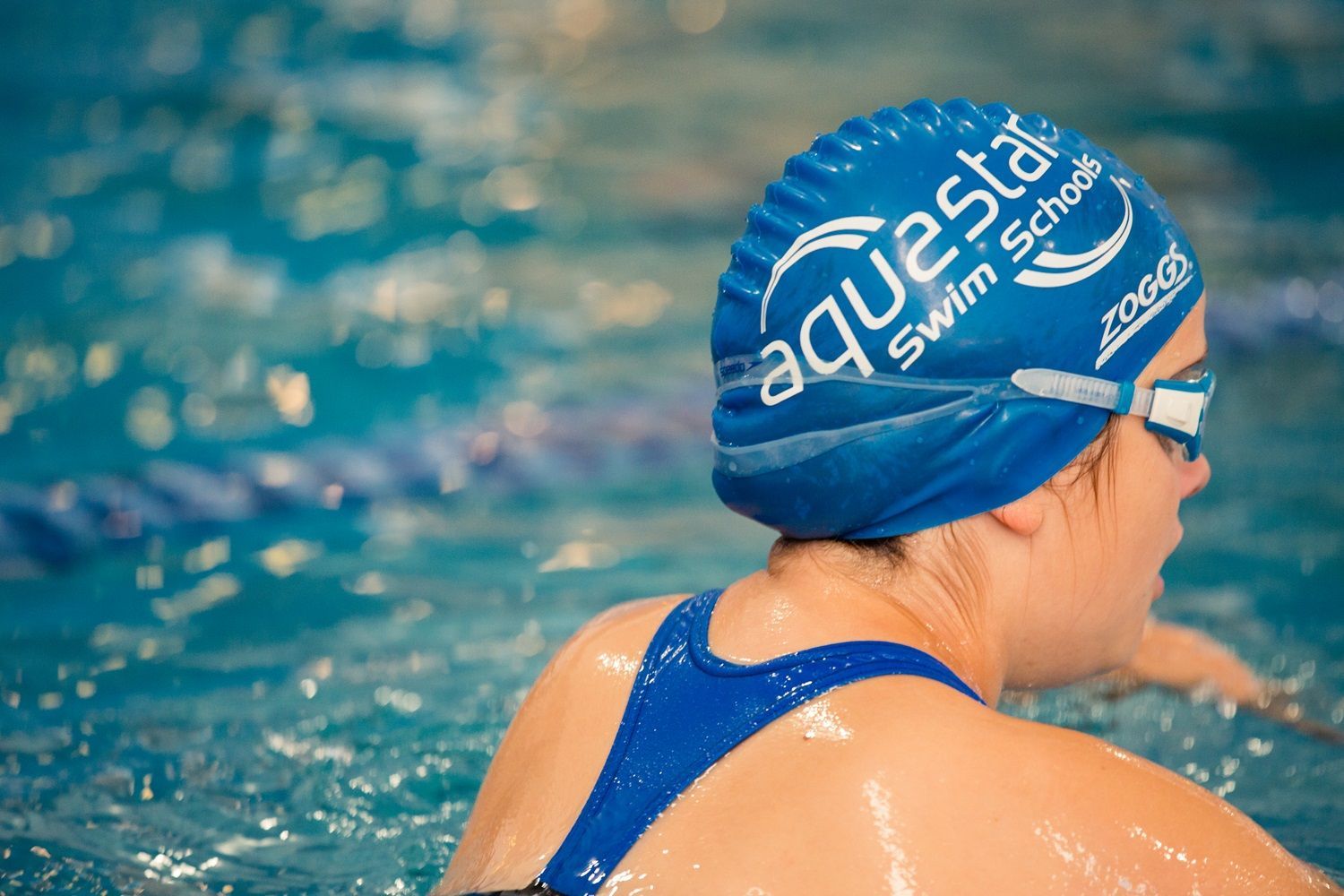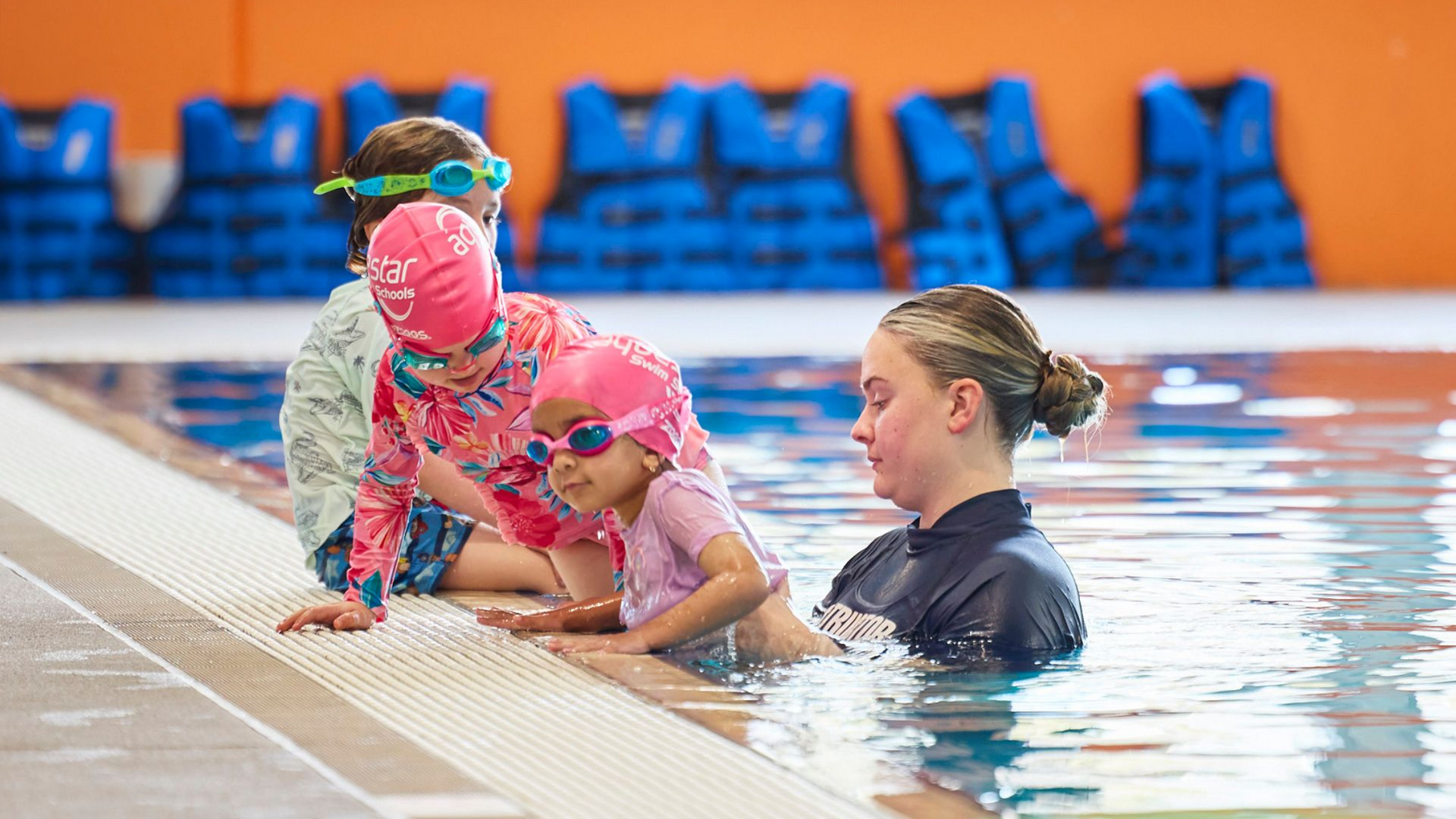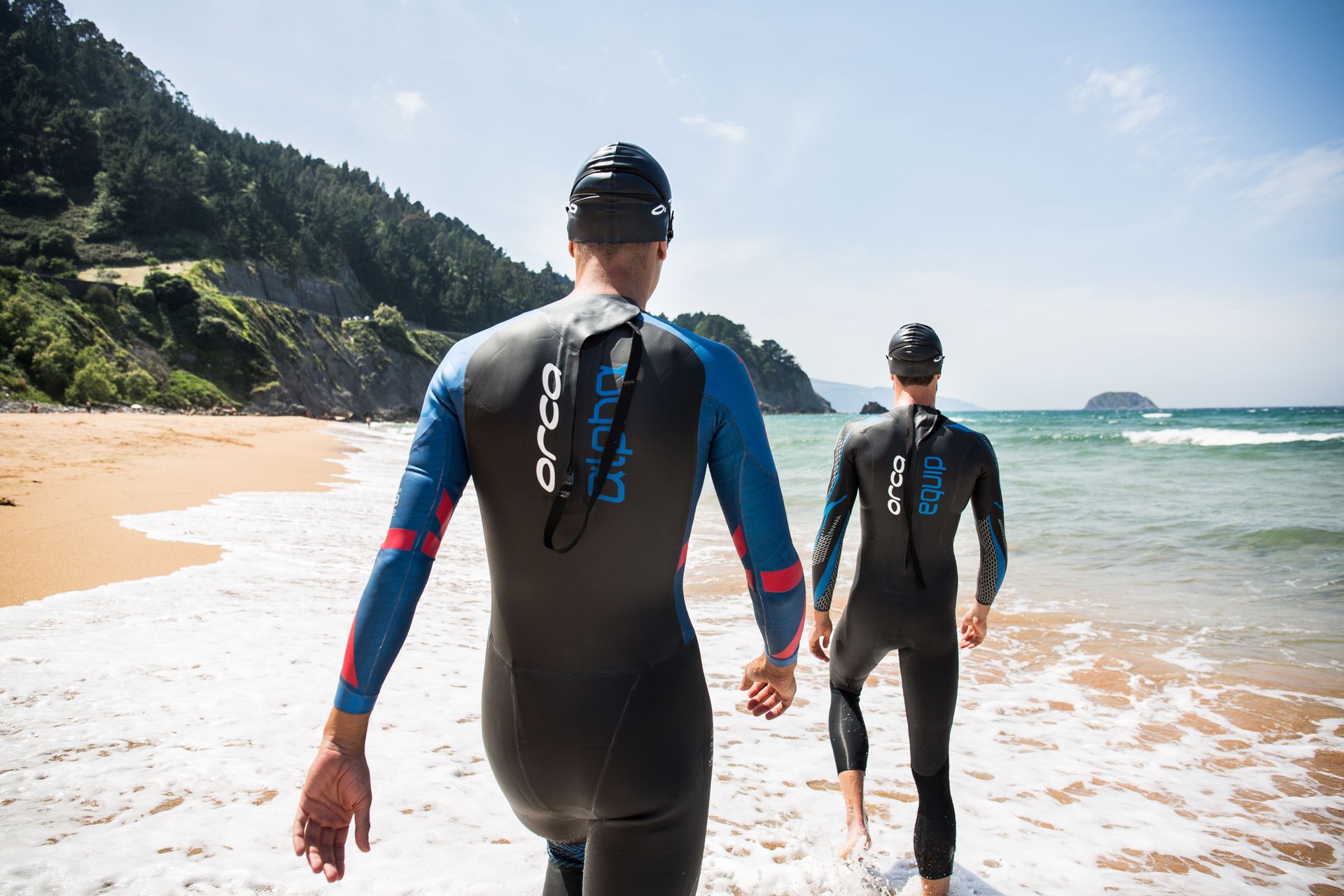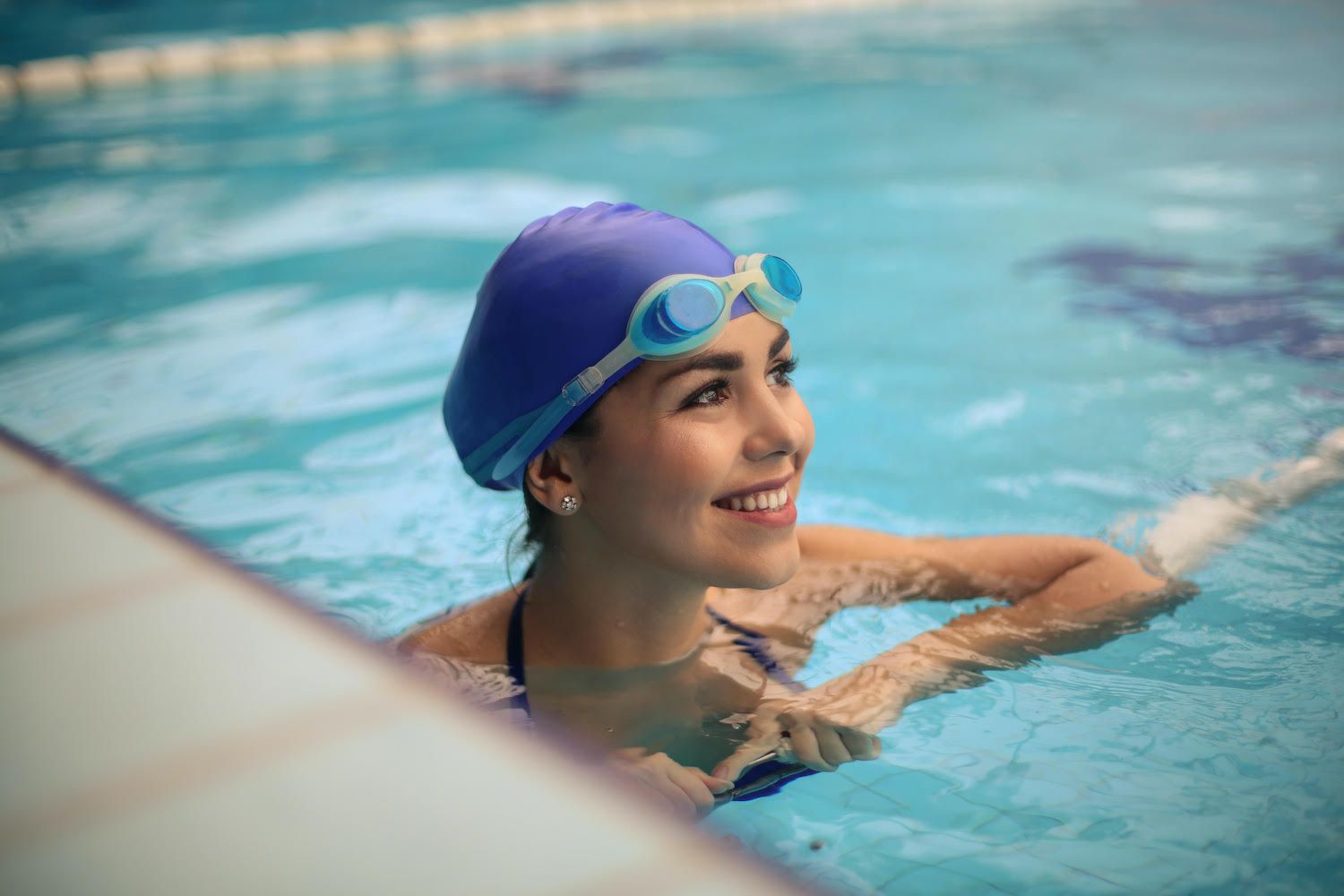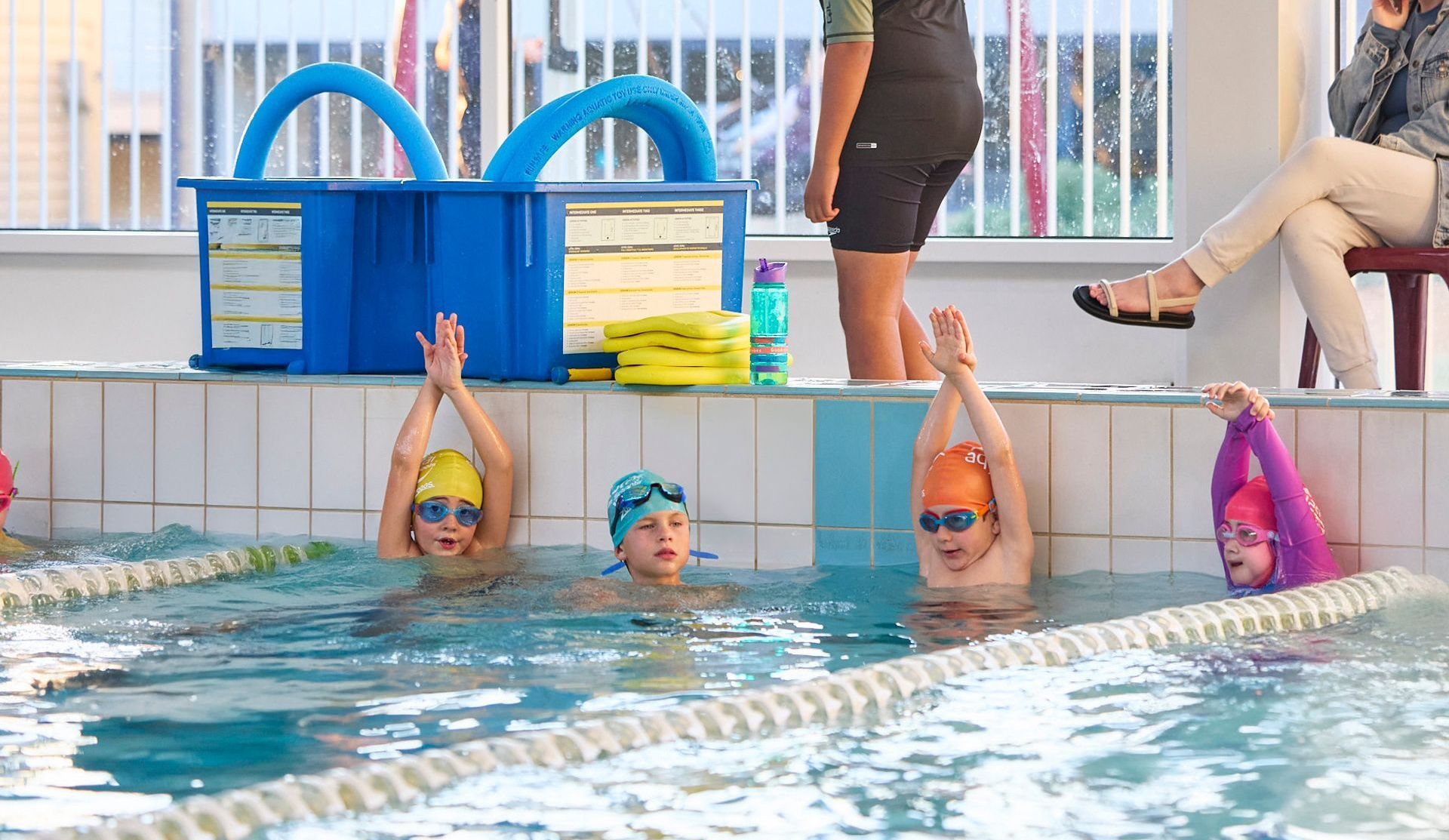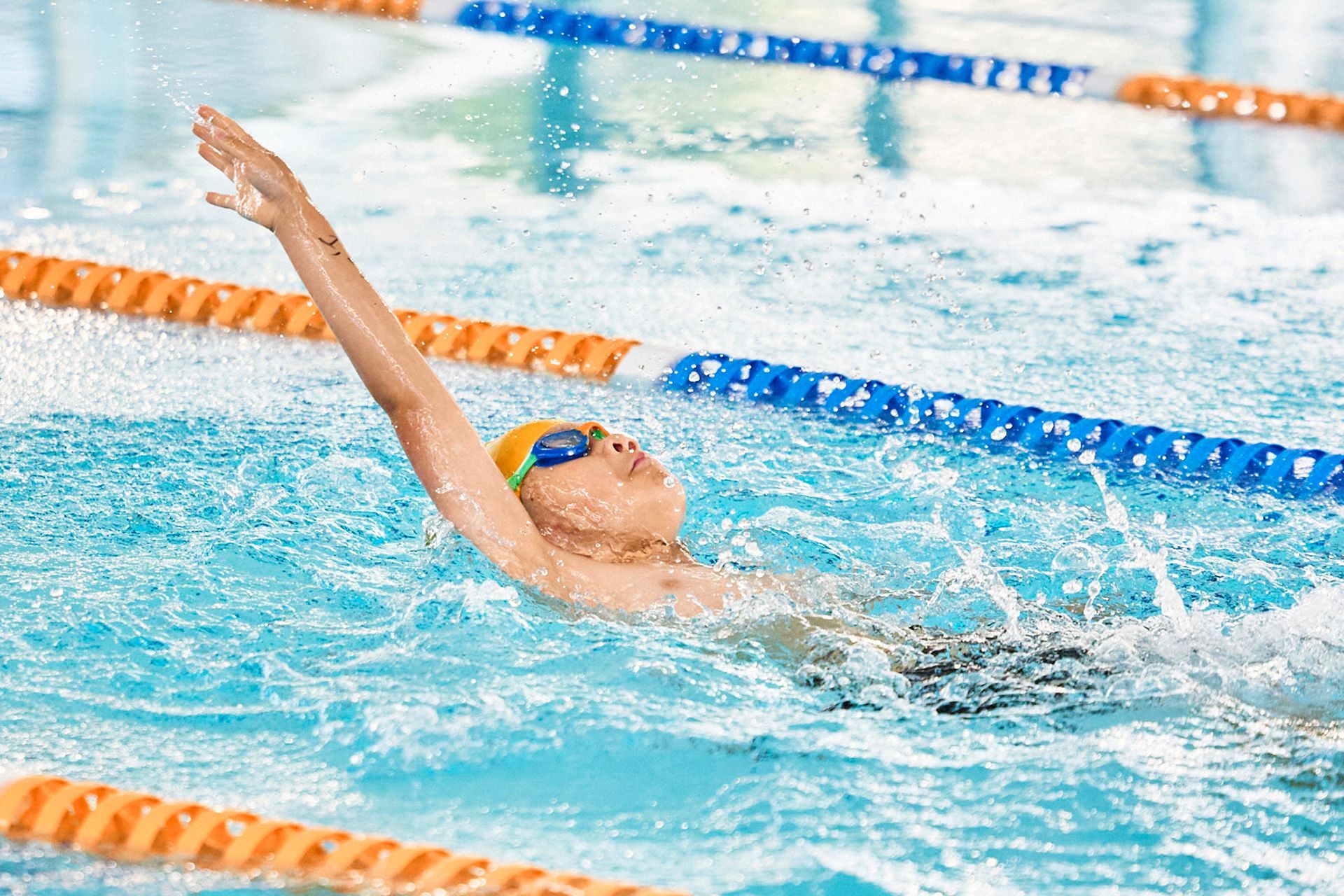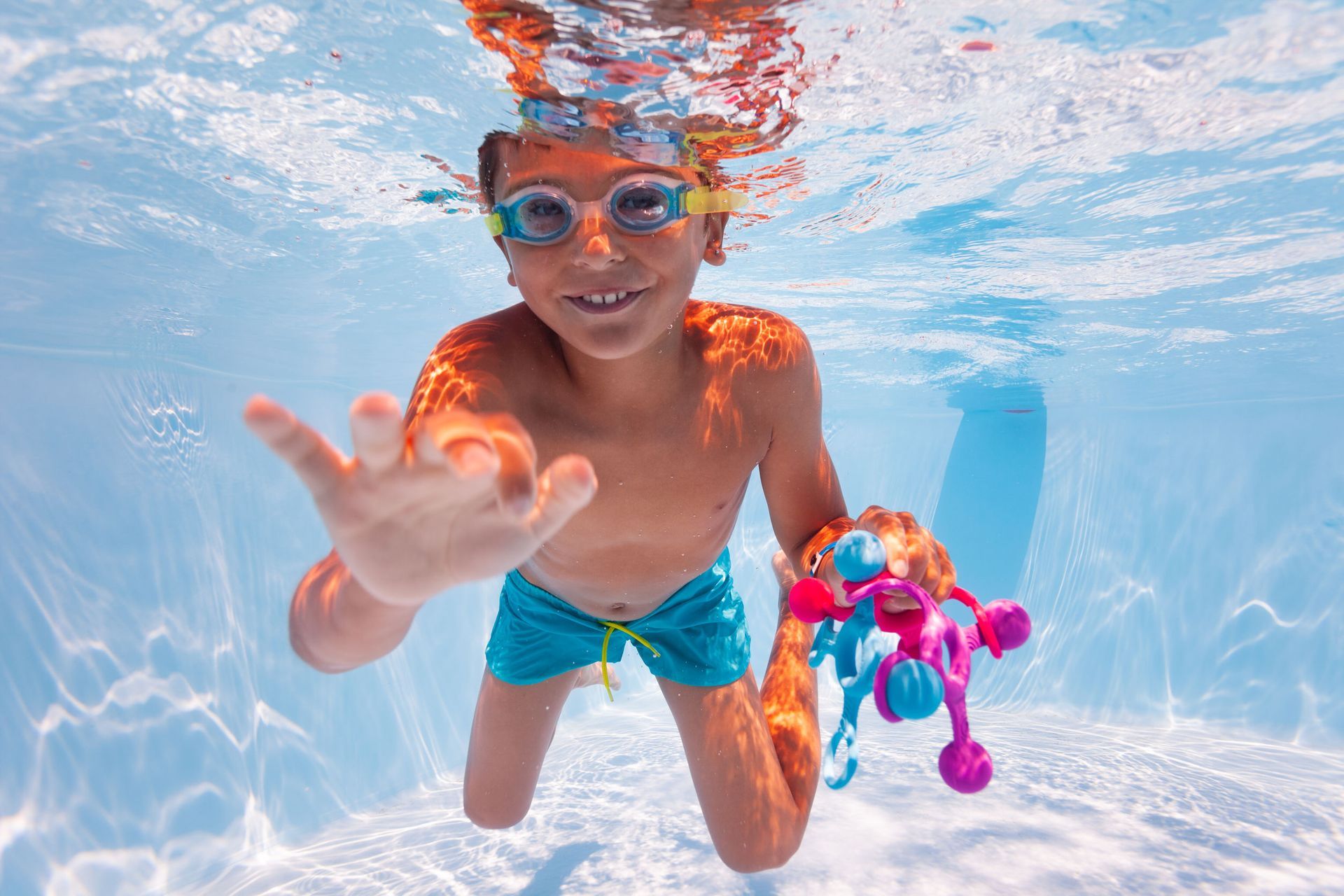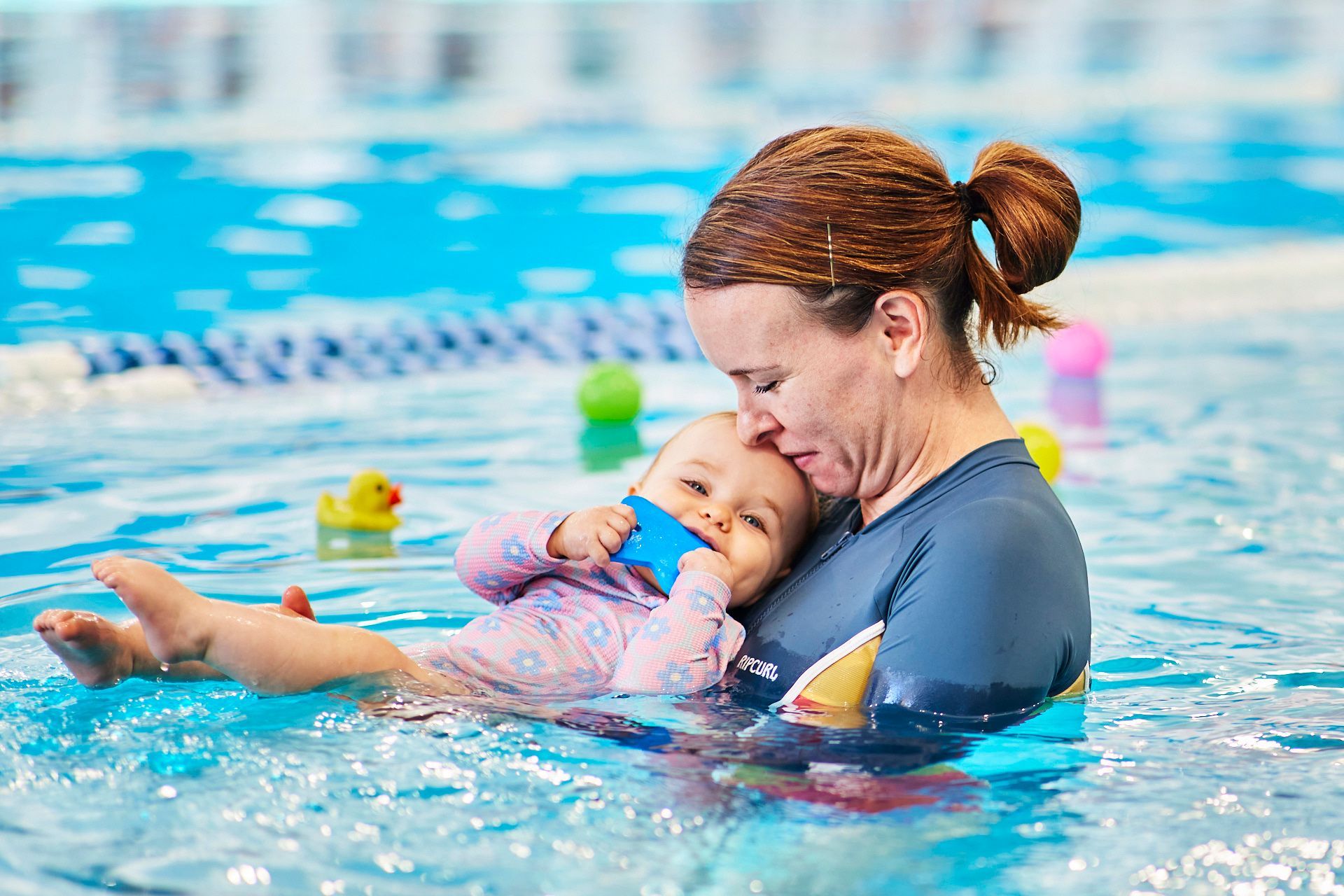The importance of breath control in swimming: how to improve your technique
There are many aspects to becoming a great swimmer. Stroke style and fitness are important elements, and in the case of competitive swimming, natural aptitude and talent also go a long way. However, there is another fundamental aspect of swimming that is often overlooked: proper breath control.
Practising proper breath control plays a crucial role in optimising your swimming efficiency; when you exhale underwater and inhale at the right moments, your body remains streamlined, reducing drag and enabling smooth propulsion through the water. Effective breath control also allows you to maintain a steady rhythm and balance during your strokes, leading to improved overall technique – and it also minimises fatigue. In addition, conscious breath control while swimming encourages mental focus and relaxation. When you concentrate on your breathing pattern, you divert your attention away from distractions and negative thoughts, and instead promote a state of calm and concentration. Not only is this beneficial to your swim training, but it can also help alleviate anxiety and improve overall mental well-being. Like many sports, swimming is great for your mental health – and working on your breath control technique only serves to enhance this benefit!
So, How Do You Improve Your Breath Control Technique?
Practice rhythmic breathing: Develop a consistent pattern of inhaling and exhaling that suits your stroke and swimming style. Common techniques include bilateral breathing (breathing every three strokes) or unilateral breathing (breathing only to one side).
Exhale underwater: Blow out slowly and consistently while your face is submerged, ensuring you expel all the air from your lungs before quickly inhaling during the recovery phase.
Incorporate breath control drills: Engage in specific drills that focus on breath control, such as breathing every five strokes or incorporating breath-holding exercises.
Increase lung capacity: Engage in regular cardiovascular exercises, such as running or cycling, to strengthen your respiratory muscles and improve your lung capacity. Effective cross training is the secret weapon of many athletes across a variety of sports!
Relax and stay calm: Practise meditation or visualisation techniques to calm your mind and reduce anxiety, allowing for better breath control.
Breathe Easy!
Mastering breath control in swimming is essential for enhancing technique, increasing endurance, and promoting mental focus. By incorporating these tips into your training routine, you can improve your breath control skills, ultimately leading to more efficient and enjoyable swimming sessions. Remember, practice and patience are key to achieving success in the water.
Aquastar Swim Schools offers swimming lessons suited to all ages and abilities. Our qualified teachers can help you improve your breath control technique and get more out of your time in the water. For more information regarding our Learn To Swim program click here, and to find out more about our Adult Swimming Program, click here.



